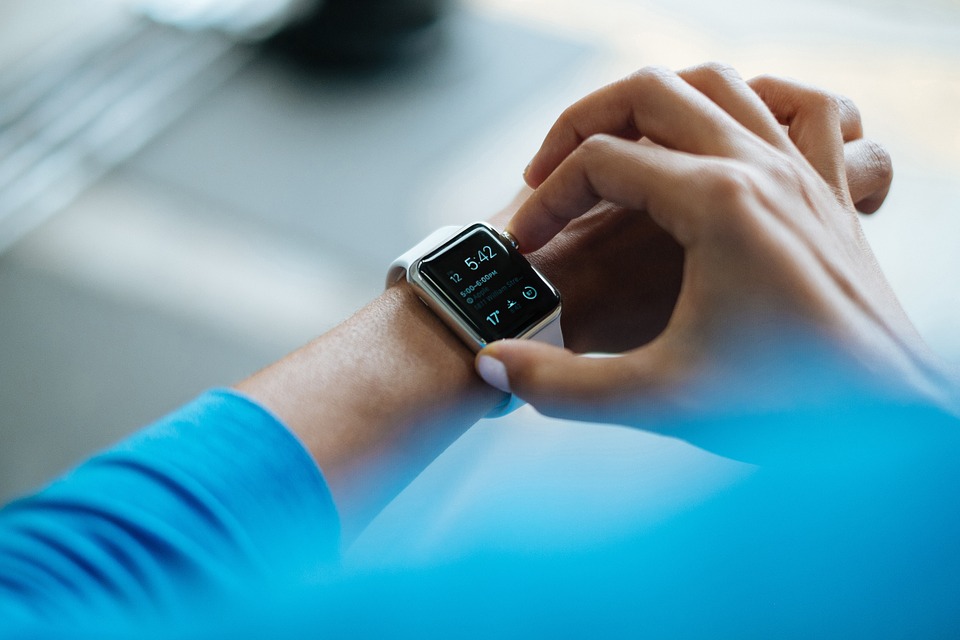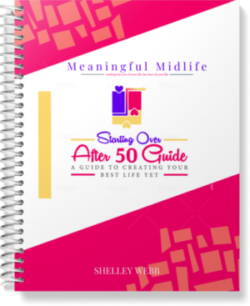
https://cdn.pixabay.com/photo/2015/07/02/10/29/smartwatch-828786_960_720.jpg
With age comes wisdom, but also many health concerns and challenges. Today, more than ever, women are becoming more connected and taking advantage of electronic devices. Wearables can help monitor and track health concerns and fitness goals. With women providing the majority of informal care to family, friends, neighbors and the community, wearables can also help them provide customized care solutions tailored to individual needs, which make their job less stressful. And caregivers need all the help they can get in a stressful job. We discussed previously on Intentional Living how caregivers can de-stress and relax with a quick workout. In this post we look at how wearables allow women to stay active and healthy in middle age.
While the largest demographic using wearable devices and fitness trackers are those in the 24-35 age range, the benefits they can provide women over 50 are invaluable. The importance of regular exercise and keeping fit becomes a key issue of maintaining health, balance and independence as you age. Neurologist Neil Cherian describes on Oprah that as we age arthritis and a diminished number of nerve endings in the feet can affect balance. Cardiovascular workouts like hiking, climbing and running can maintain and improve that balance. With a wearable tracker providing a host of data such as step count, heart-rate, blood oxygen absorption levels and even stress levels, wearables can provide women with the incentive to maintain personal fitness levels, as most people are more willing to exercise when they can see tangible numbers and results from their workouts.
With exercise there is the need for rest and proper sleep. Nutrition is another important aspect, especially as the body ages. With most wearable tracking devices able to track sleep patterns, and record food and fluid intake, women are able to take advantage of these features by tracking their own progress to remain more independent. 71-year-old Elisabeth Handler was interviewed on KQED, and described how her wearable improved the quality of her sleep; when she paired the step count with the overnight reports, she realized more activity led to better sleep. Food and fluid intake tracking also help in maintaining proper nutrition and hydration throughout the day, giving you more control of your diet.
Caregivers know that the people for whom they provide care don’t always like sharing personal aspects with family or friends. With caregivers able to form a different bond with those they care for, wearables can help caregivers and doctors monitor their patients without the need to always be there in person, to monitor their patient’s health. The data gathered by a wearable device can alert a caregiver to a certain condition and the information analyzed and used to improve or better tailor individualized fitness plans, diet programs and sleep routines. From a medical perspective, wearables are able to help reduce the overall costs of prevention and monitoring, according to a study by the Healthcare Informatics Research Journal. By constantly monitoring health indicators, caregivers and doctors can use the data to diagnose certain conditions early.
Wearable tracking devices are now used for a number of healthcare aspects, from observation to helping detect certain symptoms. They have evolved from being utilized only in sports science to now being a very important part of professional sports to help improve health and injury prevention. In Coral’s feature on technology in sport, it details how the NFL uses smart helmets, which contain embedded sensors and magnet technology, to help reduce the risk of brain injuries. While not as advanced as professional NFL helmets, there are headgear wearables available to the public that can help active women. The Lifebeam 2XU Smart Hat hides a heart-rate monitor to monitor exercise intensity. Other athletic wearables monitor different vitals and can pick up abnormalities that would have previously gone undetected by medical staff. With wearable technology and trackers evolving every day, women are able to track and maintain their own health and fitness like never before.
This is a guest post by blogger Fit&Wit
LEARN TO LOVE YOUR LIFE AGAIN
 Do you feel like you need to hit the REFRESH button on your life? Download our free guide and begin to create your best life yet!
Do you feel like you need to hit the REFRESH button on your life? Download our free guide and begin to create your best life yet!



This is a great point. I think sometimes older people – myself included – shy away from technology, but wearable tech has so many benefits! Great article!
Thanks, Rachel! I’m going to be writing about a new fitness app for women over 50 so stay tuned!
What great information!
Interesting info. I have to say I am a little up to my ears with tech but I appreciate the value of what it can do.
I have those moments too!
This was such a well-written, informative post! As a coach for women 50+ I’m so excited to hear about this technology. Let’s hear it for tech-savvy Boomers & Beyond! 🙂
I strongly believe in using some form of tracker to help me be accountable of my goals. Seeing the progress or lack of progress on a tracker helps me to get up and move so that I can meet my fitness goals set.
Lovely article, Shelley! I know that for myself I love using apps to track my nutrition. The apps make it so easy to scan a barcode and record the nutritional data in a user friendly log. It’s scary to see how much sodium is hidden in many products. My parents both have high blood pressure so I am always looking for ways to help reduce my risk of developing it myself.
Having a wearable device is a must for me! I love tracking my progress, my steps!
Yes, it’s great to have a measurable goal!
So true, Deborah! And thank you!
Same here! ANd I love the reminders that can be set!
Mobility is everything, right?!
It’s really a very useful gadget. For some reason, basically the younger generation uses this gadget. I bought it as a gift to my mother, but she does not want to use it. She tells me that she measures the pressure with a tonometer and this is more accurate data.